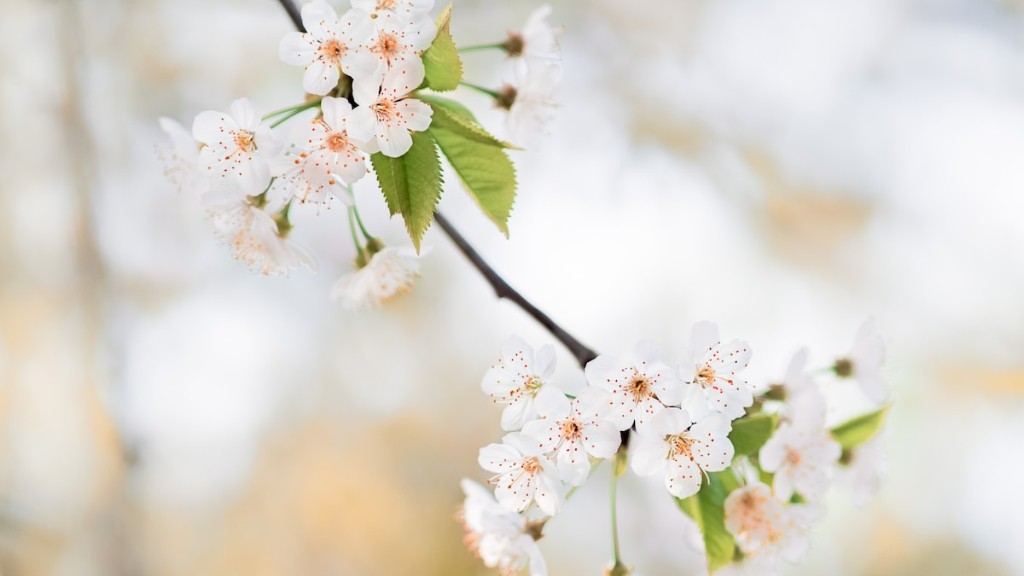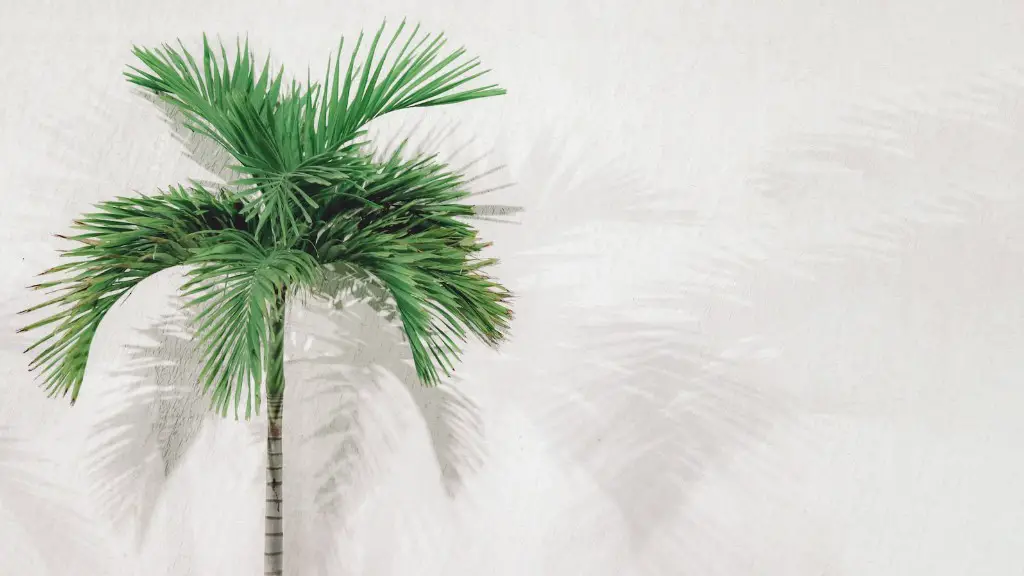Materials and preparation
Before beginning to paint a cherry blossom tree, it is essential to select the right supplies and prepare properly. A canvas should be chosen that is the desired size and shape, and the artist should decide whether they will be creating an oil, acrylic, or watercolor painting. Depending on the type of material being used, and the finish desired, different paints and brushes should be purchased from a craft store or art store.
Practicing techniques on scrap materials is a wise idea for anyone painting for the first time. Regular kitchen paper towels or a rag can be used to practice movements and brush strokes, as well as using the correct amount of paint for a particular technique. Experienced painters also recommend priming the canvas before beginning the painting to ensure an even finish, and the chosen medium should be tested a few times on an old scrap piece of canvas to see how it behaves on the material, and what the results of the finished painting could be.
Painting the trunk and branches
Once the supplies are ready and practice is done, painting the cherry blossom tree can begin. The trunk and branches should be painted first to form the skeleton of the painting. When creating an oil painting of a cherry blossom tree, the artist should mix a custom color out of several shades to achieve a unique shade. For a watercolor painting, creating value by adding different shades of purple or cherry blossom pink is essential.
When painting the tree, keep in mind that the trunk and branches should take up the majority of the painting as this acts as the skeleton to the painting, and painting of the blossoming flowers should be kept to a minimal until the trunk and branches are complete. Once the trunk and branches are complete, small details can be added to give the painting texture and perspective, such as bark on the trunk, shadows from the branches, and small buds.
Adding the blossoms
After the trunk and branches are finished, the blossoms can be added in. When adding in the blossoms, a fan brush should be used as this type of brush creates soft, round shapes that look like petals on a cherry blossom tree. Depending on the color palette already present in the painting, the blossoms can be made in any shade of pink or white-pink.
When adding the blossoms, be sure to leave some of the branches without any petals in order to create interest and realism in the painting. Additionally, the blossoms should be painted a single at a time, one petal at a time, using a light stroke of the brush in order to create petals that look delicate and feathery. Depending on the size of the painting, cherry blossom branches can also be painted with the same technique in order to draw the viewer’s eye further down the painting.
Adding shading and details
Once the flowers have been added to the painting, shading and details are essential in order to create depth, texture, and realism. Expert painters recommend blending different shades of the same color together on the cherry blossom petals to create depth and texture. This can be done by adding very small amounts of a darker shade of pink or purple to each stroke of the petals.
When adding shading to the tree, the light direction should be taken into consideration. Areas where the light is hitting the tree, such as the trunk, should be slightly lighter than the other areas. Additionally, details such as small buds and shadows from the branches can make the painting look much more realistic.
Suggestions for a background
In order to make the cherry blossom tree stand out, a colorful background should be created. Some better-looking backgrounds to choose from are a nighttime background, with stars and a crescent moon in the sky, or a bright, sunny day with a few clouds in the sky. For a daytime background, light shades of pink, blue, and violet create a beautiful, vibrant sky.
On the other hand, when creating a nighttime background, darker shades should be taken into consideration, such as navy blue, dark violet, and gray to emphasize the cherry blossom petals. Lastly, when adding a background, toning the edge of the cherry blossom tree with a darker shade of the same color used in the background can help the artwork to become more unified.
Suggestions for framing
Once the painting is complete, a frame should be selected in order to protect the work and show it off to the best of its ability. The frame should be chosen that compliments the painting, and the color and material should be taken into consideration. For a painting of a cherry blossom tree, a wooden frame, preferably black, is the best choice as this will ensure that the tree stands out and is the center of attention. Additionally, a black frame can also be used for any type of painting, regardless of the colors used in the artwork.
Additional materials
Apart from the supplies used to paint a cherry blossom tree, there are additional materials and items that can help enhance the painting. These items include liquid gold leaf, gold paint, and some additional flowers like the Japanese anemone or even the common daisy. Adding these additional elements to the painting can help bring life and realism to the artwork, as well as adding an extra sparkle of color.
Other painting techniques
For individuals and artists looking to take their cherry blossom painting skills to the next level, there are plenty of tricks and techniques that can be used. For example, instead of painting petals one by one, thin strips of paper can be added to give the petals a real-life texture, then painted over with desired colors. Additionally, paints such as gouache and oil can also be used when painting cherry blossoms. Gouache paint is known for giving a beautiful and vibrant finish, especially when painting the tree and its flowers in shades of pink and purple.
Tools for creating texture and dimension
For individuals who want to create texture and dimension in the painting, there are a few tricks and techniques that can be used. Creating texture in a painting can be done by using a dry brush and randomly dabbing certain parts of the painting. When painting a cherry blossom tree, this technique can be used on the petals, the trunk, or even the background. Additionally, a tissue paper can be added over the paint in certain areas in order to create some dimension. This technique is especially useful when adding petals or buds to the painting.
Conclusion
Painting a cherry blossom tree is a great way to show off one’s painting skills and connect to the deep symbolism of the tree. With the right supplies and a bit of practice, anyone can create a beautiful artwork using a few simple techniques and tricks. However, the best way to learn how to paint a cherry blossom tree for beginners is to practice and experiment with a wide range of different mediums, colors, and supplies.


